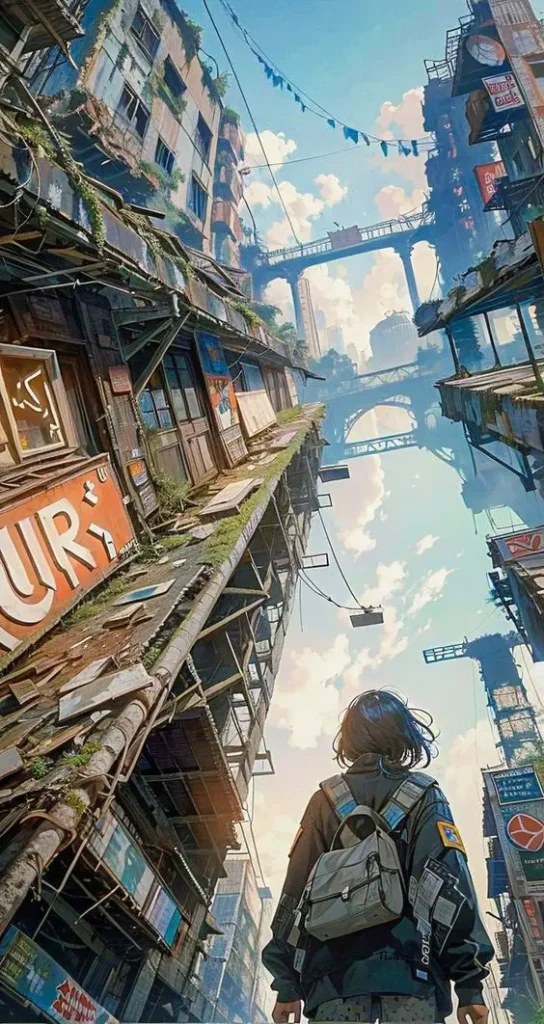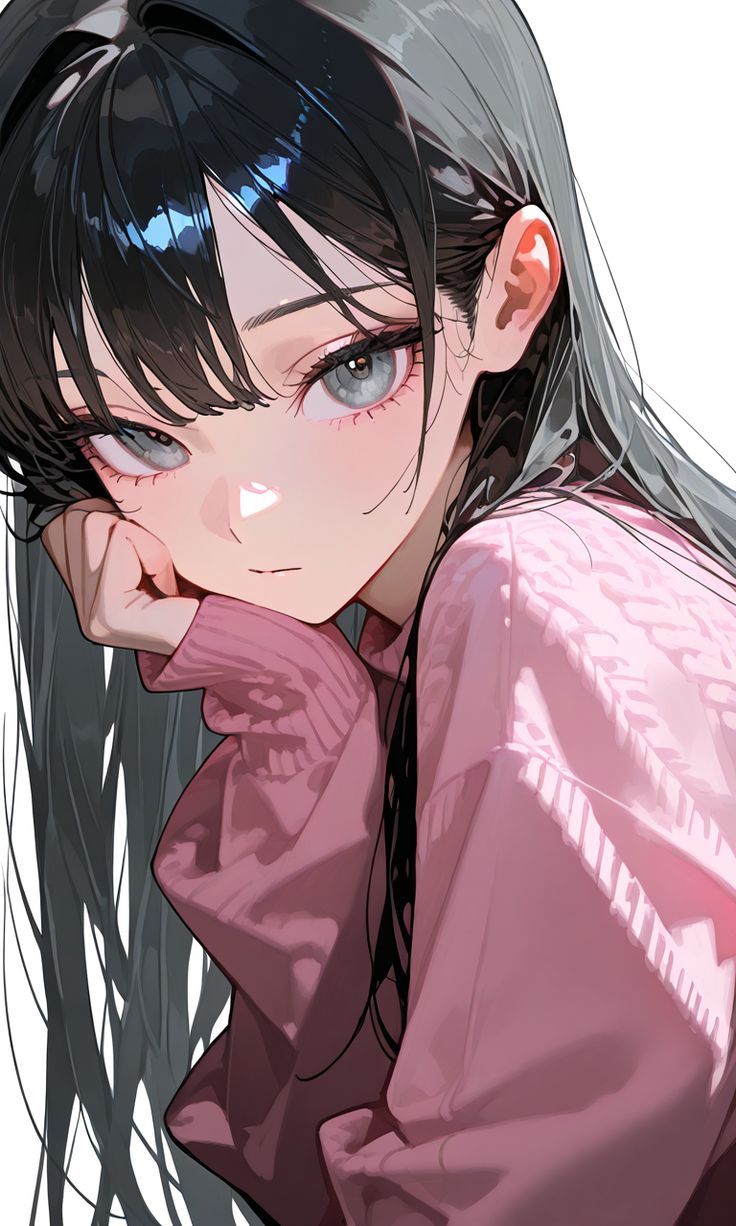Your cart is currently empty!

There is a stereotype that in order to draw anime characters, you need to study human anatomy thoroughly. Is this really true?
It is difficult to hide the importance of knowing anatomy and being able to apply that knowledge in practice. After all, anime characters are mostly human-like. Therefore, it is logical that stylizing the human body for different genres and trends requires a good understanding of the basic structure of the body.
It is worth starting with simple sketches of the character. Create it the way you feel it. Make several sketches from different angles and in different poses. Analyze your drawings and pay attention to what you do best. Record this, and in the future, always start your work with what you do best. Work on individual elements and improve your skills.
Next in your analysis should be what you do fairly well, but without much effort or stress. Pay a little more attention to these elements and draw them more persistently. Angles and poses will come in handy again.
The last in the ranking of skills should be what you do worst and requires more effort and persistence. These are the very elements that you need to learn from scratch and pay attention to them on a par with what you do best. If you go back to the last sentence and reread the wording, then YES — everything is written correctly there. After all, first and foremost, you need to focus on what you do best.
In fact, you need to work hard on both what you do best and what you do worst. Why? If it is clear where your weaknesses lie and you need to work on them to improve the quality and quantity of your skills, why should you pay attention to your strengths as an artist? Because it is strange to improve your knowledge in everything that you do “more or less well” when you can focus on your best qualities and become a professional in specific areas.
Would you disagree?
You can do a lot of things mediocrely. Or you can become number one in one thing. What are your desires?
Between reality and stylization
Anatomy is the basis of any image of the human body. In traditional art, it is studied to accurately reproduce form, proportions, and movement. But when it comes to anime — this unique style of Japanese animation — the question arises: how important is anatomy in such stylized art?
On the one hand, characters in anime often have exaggerated or even unrealistic proportions: large eyes, small noses, disproportionately long legs, or thin waists. This creates a recognizable visual style that allows you to instantly influence the viewer’s emotions. Such stylization is a conscious artistic choice that has a distinct function.
But on the other hand, good animators must have a knowledge of anatomy. Without an understanding of the structure of the body, it is impossible to convey convincing movement, emotion, or the dynamics of a scene. Even in fantastical or cartoonish images, basic anatomical principles are embedded — the correct positioning of joints, body balance, and muscle function. And the more realistic these fundamentals are, the more vivid and expressive even the most fictional characters appear.
So, anatomy in anime is an invisible foundation without which there would be no emotional depth and expressiveness that we value so much in our favorite characters. Knowing it gives artists the freedom to stray from reality while still being convincing. That is why anatomy in anime is not a limitation, but the key to visual freedom.

